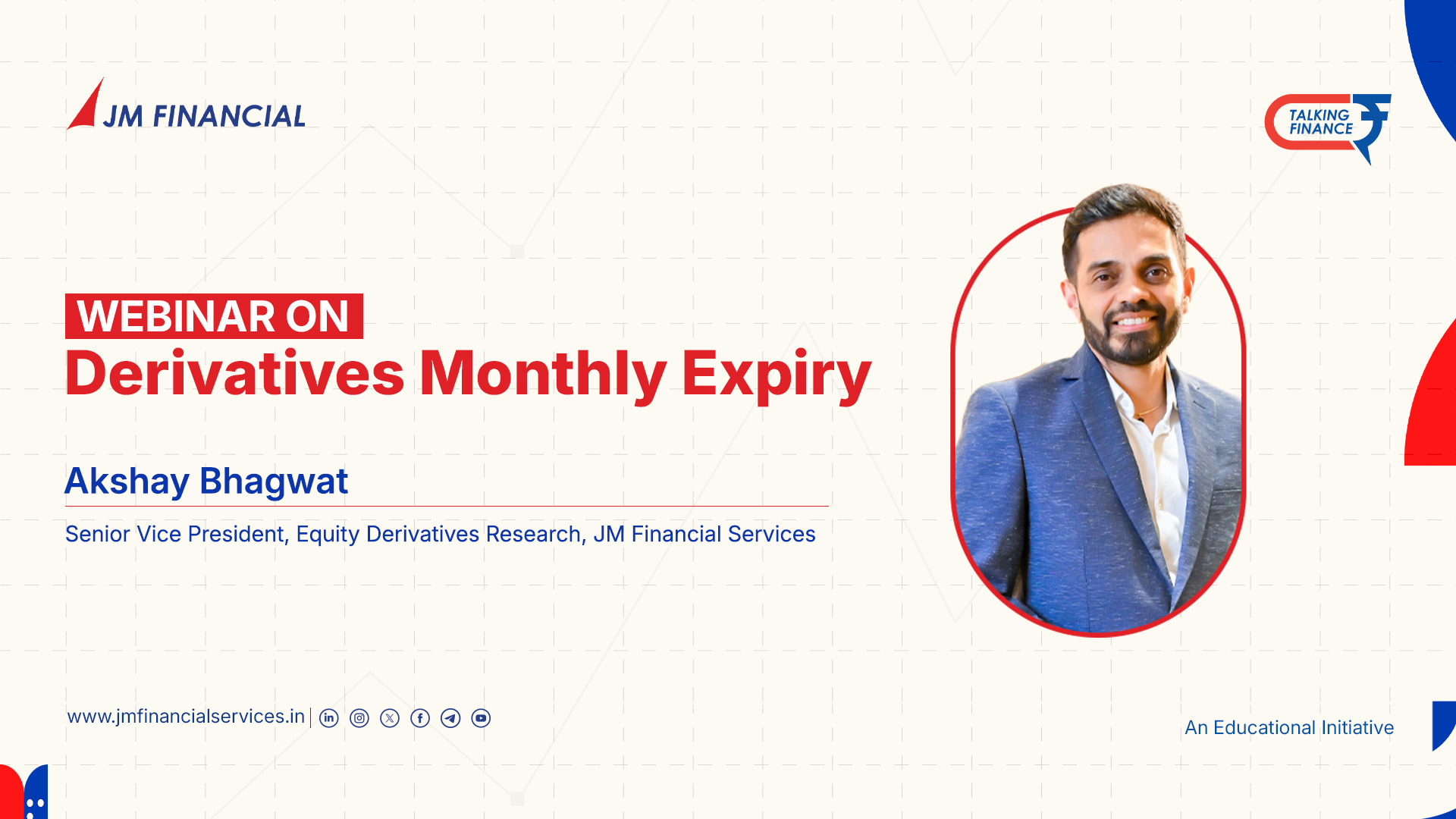What is Nifty Option Chain?
A Practical Guide for Everyday Traders
Ever wondered how traders seem to predict market moves or spot opportunities before most of us? The secret sauce often lies in understanding the “Nifty option chain”—one of the most powerful tools in the Indian derivatives market. While it might look like a maze of numbers, it’s actually your roadmap for reading market sentiment and planning smarter trades.
1. What is an Option Chain ?
Think of an option chain as a comprehensive table showing all available options contracts for an index—in this case, Nifty 50. It lists both Calls (rights to buy) and Puts (rights to sell), along with details like strike prices, premiums, open interest, volume, and expiry dates.
2. Importance of Nifty Chain ?
The Nifty option chain helps you identify where big traders are placing their bets, where the market might find support or face resistance, and which contracts are seeing the most action. It’s like having a heat map of market psychology, all in one glance.
How To Read the Nifty Option Chain:
- Strike Prices: The various price levels you can pick for options contracts. They’re listed in the centre of the table for easy comparison.
- Calls & Puts: Calls are on one side (usually left); puts on the other (usually right). Both sections show contract details for each strike price.
- Premium: The price you pay (or receive) to buy (or sell) an option.
- Open Interest (OI): Total outstanding contracts at a particular strike level. High OI often points to strong support or resistance zones.
- Volume: How many contracts traded during the day—spot trends, liquidity, and fresh market activity at a strike.
- Expiry Dates: All option contracts have fixed lifespans; their expiration is listed in the chain.
- Bid/Ask Price: Best prices to buy/sell a contract at the moment.
- Moneyness: Options are tagged as in-the-money (ITM), at-the-money (ATM), or out-of-the-money (OTM) based on the current market level.
Example:
Imagine the Nifty is at 19,850. You’d scan the option chain, spot “hot” strike prices with hefty open interest, and use that info to predict potential turning points in the market or to select the right contract for your strategy.
Pro trader tip: First learn the lingo and logic of an option chain before risking money. Platforms like NSE, brokers, and apps display real-time Nifty option chains with filters for easier analysis.
How JM Financial Services Helps
JM Financial Services provides robust analytics on Nifty option chains through their research and trading platforms. Their reports often highlight option chain data, open interest trends, and volume spikes, giving investors actionable insights for both short-term trading and portfolio hedging. By utilizing JM Financial Services regular technical reports on Nifty and financial derivatives, traders—beginners and veterans alike—can make more informed, timely decisions.
Final Thoughts :-
Navigating the Nifty option chain is a skill that grows with time, practical observation, and a bit of curiosity. Once you grasp its readings, you'll notice market clues that others miss—helping you make wiser choices on the road to options trading success!
FAQs :-
Q1. What does a Nifty option chain show?
It displays all available Nifty 50 options contracts, including details on call and put options, strike prices, premiums, expiry dates, volume, and open interest.
Q2. Why is open interest important in option chains?
Open interest shows the number of outstanding contracts—a spike often means a support or resistance level and can signal key reversal points.
Q3. How can retail traders use an option chain?
Look for clusters of high open interest and volume to identify likely price ranges for Nifty expiry and trends.
Q4. What do ITM, OTM, and ATM mean in an option chain?
ITM: Option is profitable compared to the current price. OTM: Not profitable yet. ATM: Strike price and index value are almost the same.
Q5. Can I trade directly from the option chain?
Most online trading platforms allow one-click trading directly from the option chain view, making it easier to act on insights instantly.
- PAN Card
- Cancelled Cheque
- Latest 6 month Bank Statement (Only for Derivatives Trading)





